Meet the last of India's elephant keepers
A photographer journeys to the banks of New Delhi's Yamuna River to capture a disappearing way of life

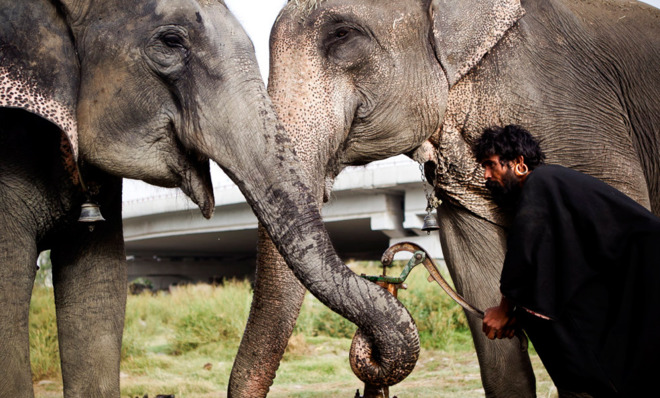
Imagine that a small bird is placed on your shoulder at birth.
From that day on, the bird protects and helps feeds you, celebrates in your joy, and comforts you during times of pain. You're never apart from the bird, and his life is inextricably bound with yours. For better or for worse, you are one half of a pair, from your first breath to your last.
That, according to photographer Jon Augustine, is the story of India's elephants and their keepers, known as mahouts.
The Week
Escape your echo chamber. Get the facts behind the news, plus analysis from multiple perspectives.

Sign up for The Week's Free Newsletters
From our morning news briefing to a weekly Good News Newsletter, get the best of The Week delivered directly to your inbox.
From our morning news briefing to a weekly Good News Newsletter, get the best of The Week delivered directly to your inbox.
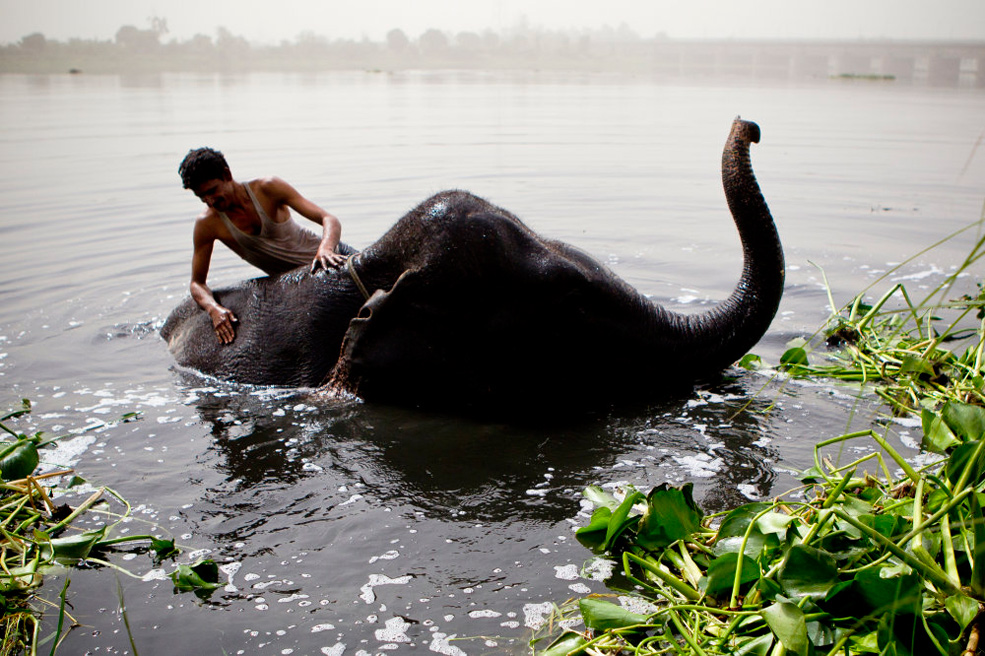
New Delhi banned privately owned elephants more than a decade ago, but that hasn't stopped zoos, circuses, temples, and many of the city's wealthy residents from retaining — and purchasing new — elephants. Most of these owners, though, have neither the time nor the inclination to properly care for the creatures.
That duty falls to the mahouts.
Most mahouts are born into the profession. They learn the ropes as boys, and then as young adults care for the elephants for the duration of the animals' lives. The mahout life is a hard one, filled with constant danger, little respect, and meager compensation. Increasingly, mahout families are trying to keep their children from following in their footsteps, though better opportunities can be hard to come by.
"The mahouts and elephants both live in conditions that are not appropriate for either species," Augustine says. "Environmentalists and humanitarians both should be taken aback by this living. (But) a man gets by doing what he knows how to do, and these fellows were born into this livelihood."
A free daily email with the biggest news stories of the day – and the best features from TheWeek.com

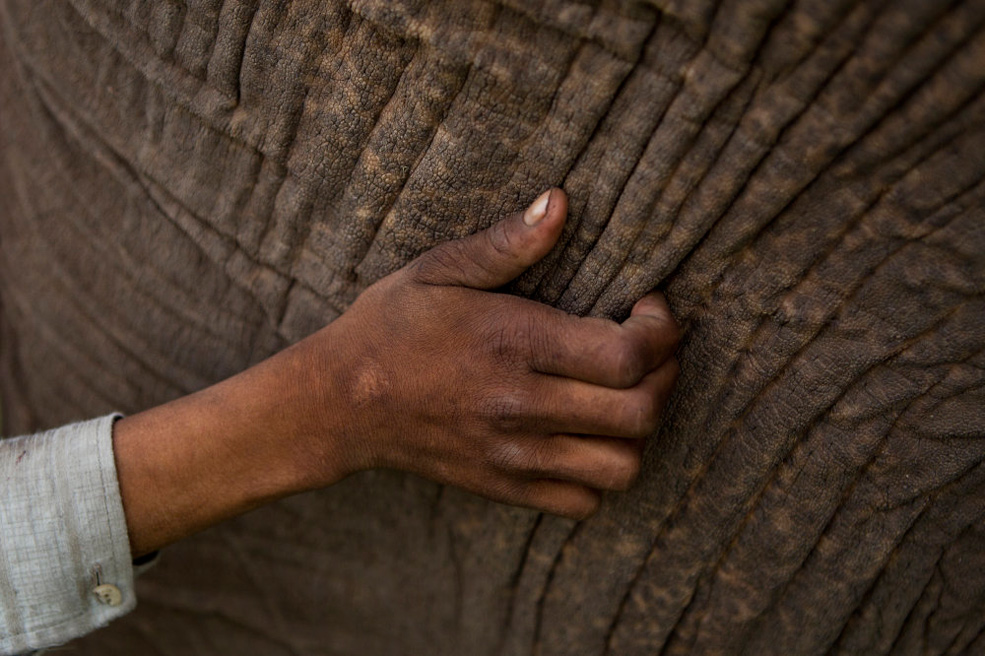
In May 2012, during his senior year at the University of Nebraska, Augustine traveled to New Delhi to follow the mahouts, but wasn't aware of how difficult it would be to track them down.
He exhausted his contacts trying to find a way into the insular group. He was told again and again there was no way the national park rangers (who generally turn a blind eye to the mahouts) would let Augustine near the men or their charges.
But then a local photographer threw him a lead: try the Yamuna River, around the ITO Bridge. And it was there that Augustine found his reluctant subjects.
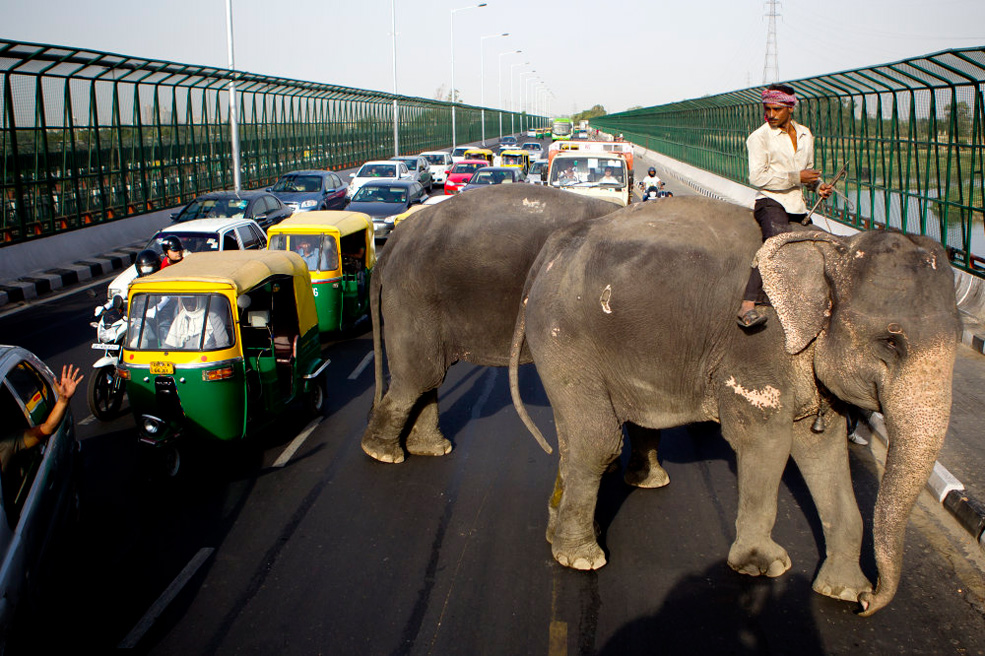
"It was shaky at first," Augustine says. "I don't think my purpose for being there made any sense to them, and I'm sure they were suspicious. As far as the mahouts knew, when I showed up I could have been there to get them in trouble."
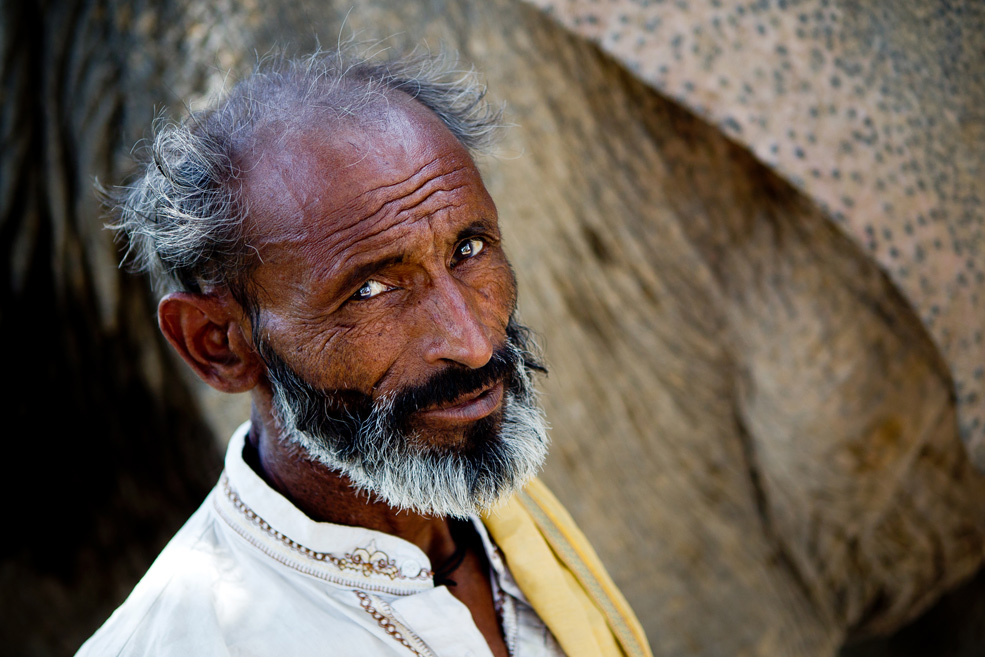
However, once they realized that Augustine was committed to more than snapping a few photographs, their demeanor changed.
"I brought out some of the prints of what I had been shooting," he says. "The guys stood in a circle for a long time, looking at them, shuffling them back and forth, pointing and laughing at each other, or just studying them quietly."
After that, the mahouts granted him opportunities to do his job — as they focused on theirs.
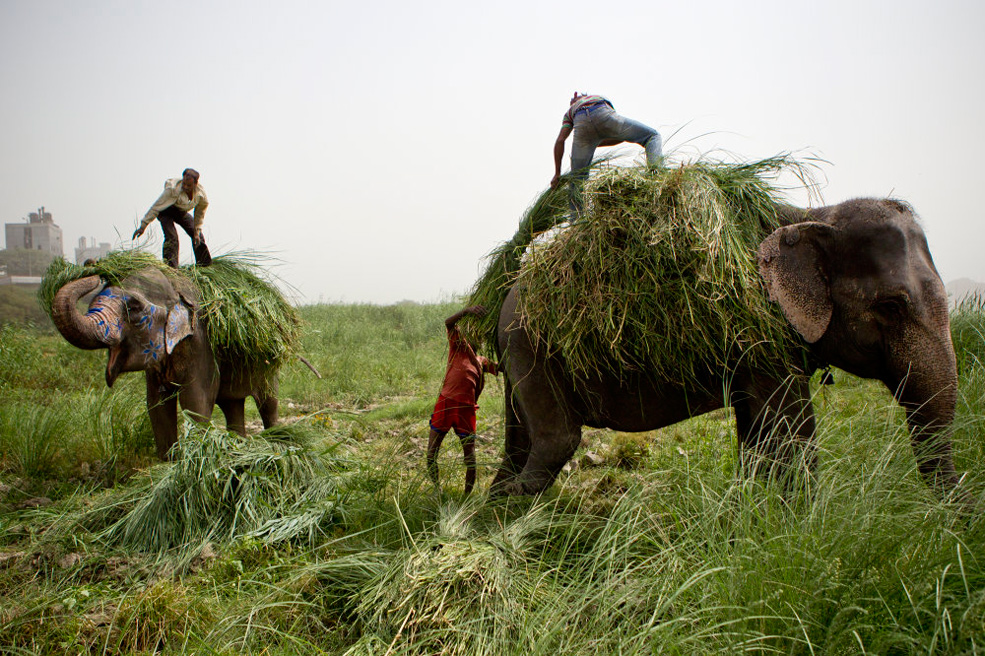

Like many photographers, Augustine says his project still needs "more."
"I'm not sure I captured the affection between the elephants and the mahouts," he says. "I'm not sure I adequately captured their urban surroundings. I'm not sure I captured the idea that domesticated elephants are a birthmark on India. They have had a place in human activity there for thousands of years."

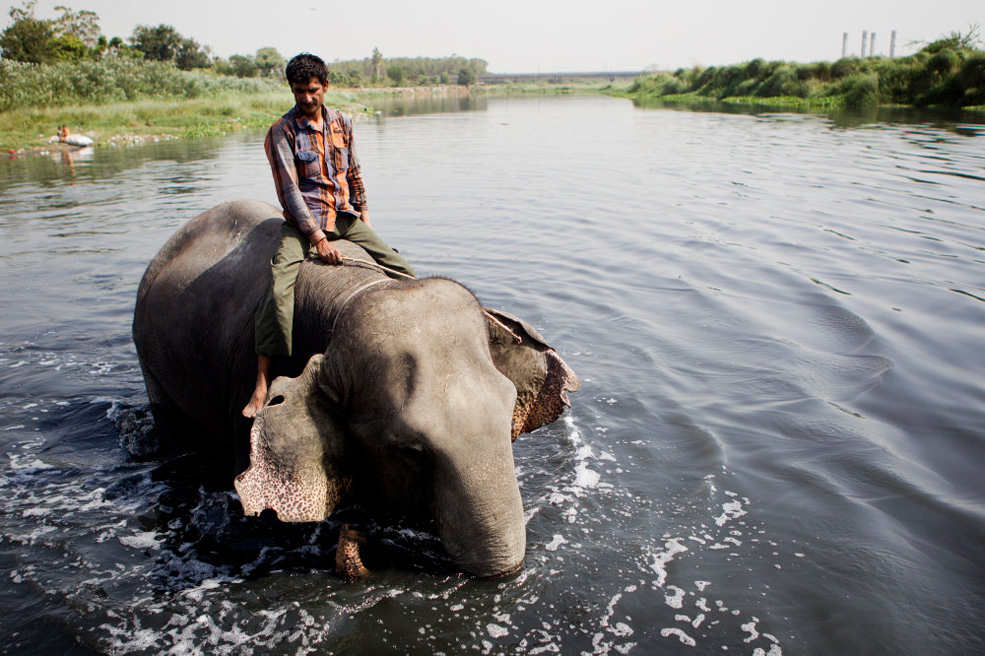
As removed from their world as he was, Augustine found a small connection one hot afternoon, when an elephant carried him and a mahout out to a platform in the middle of the river. It reminded him of a bridge under which he played as a child, back in America.
"When I would shut my eyes, I could go back in time, or go back home," Augustine says. "I felt a connection between myself, my family, my people — and the mahouts."
"Worlds away, we all had something in common."
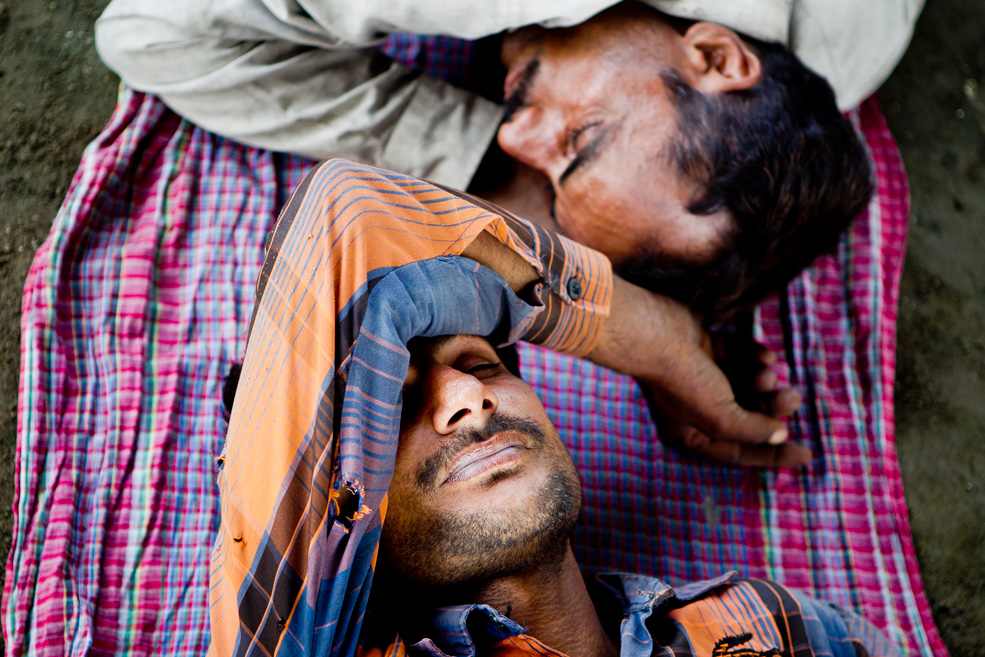
**To see more of Augustine's work, visit his website or follow him on Instagram**
Sarah Eberspacher is an associate editor at TheWeek.com. She has previously worked as a sports reporter at The Livingston County Daily Press & Argus and The Arizona Republic. She graduated from Northwestern University's Medill School of Journalism.


